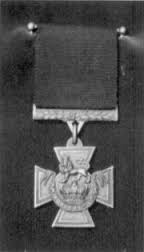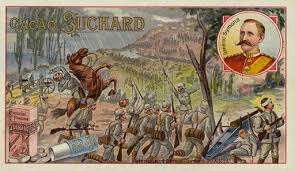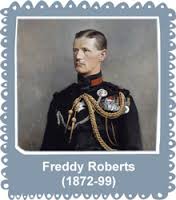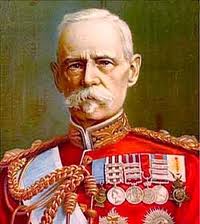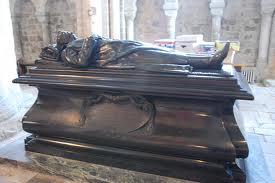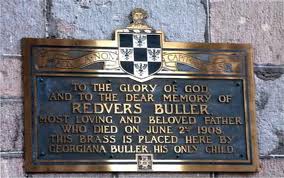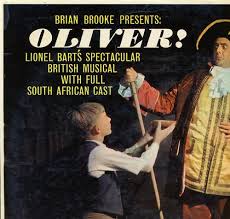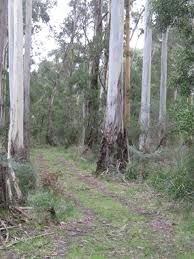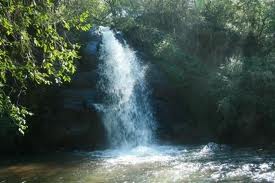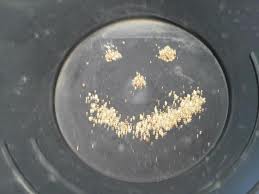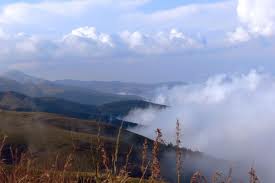While browsing at my local Supermarket some time back, I had a sudden urge to quaff a long draft of delicious, fresh orange juice. I immediately set off in search of a pocket of the best of what South Africa could boast of, in the way of enticing fresh fruit that would burst forth with the taste of orchard fresh nectar !
I used to be a Citrus farmer, and there was nothing nicer than to select, and eat a freshly reaped ripe, juicy orange out of the fruit trailer, just before it was transported to the pack house where it was transformed into an enticing, alluring, shining, carefully waxed, and wrapped example of fruity goodness. As one bit into a segment, the abundant cascade of pure heaven used to fill our mouths with unadulterated tangy thirst-quenching pleasure. I suppose this image has stayed with me, and I thought that I could perhaps get close to repeating the dream.
I noticed pockets of “oranges” lying on a pallet. They contained fruit that had a dull orange color. On closer investigation I noticed that there was a typical metallic sheen to the fruit. The pockets were labeled as having come from Zebedelia Estate in Limpopo Province. The fruit was not fit for pig food. Then I remembered how the Citrus Industry in the Lowveld, with specific reference to oranges, was dealt a death-blow, especially to groves in the higher lying areas, by a disastrous disease named “greening”, which renders oranges unfit for any consumption whatsoever. I also remembered the sad demise of Zebedelia Estate.
Greening is caused by what is termed a Cytoplasm, (see wikipedia) which renders the fruit useless. This is because the one side of the fruit never develops further than a certain stage, which leaves that one side “green”. A casual look at some fruit will in fact not immediately identify the greening. A sure give away is to squeeze suspect fruit gently; which will produce a typical metallic sheen. If tasted, the fruit is bland, and almost juiceless. Labourers reaping citrus are instructed to drop greened fruit to the ground, where it eventually rots.
Greening disease is a secondary infection that invades the citrus groves through a vector by the name of Citricilla, which is a nymph type of creature that innocently imbeds itself into citrus leaves, in shady spots near to windbreaks. Until recently growers never realized what sort of death-knell was being rung through this vector in their industry. The only way to prevent the Citricilla spreading too rapidly, is to not plant citrus in high-lying cool areas, but only in areas with a hot sultry climate where Citricilla does not easily thrive. It is however wise to practice pest control against Citricilla in any event in the warmer areas, to prevent the possible threat of greening in those areas as well.
Once the greening phenomenon presents itself, there is virtually no hope for the trees bearing greened fruit. There were efforts to inject infected trees with anti-biotics at one stage; this was not a solution.
Zebedelia Estates was a magnificent show-piece of a citrus estate. It belonged to the Schlesinger Group in previous years. From the air it could be seen to stretch for kilometers displaying the neatly trimmed orchard lines of a well planned, organised, and adequately managed enterprise. It was reputed to be the largest private citrus estate in the world at one stage.
It used to be called “the diamond of agricultural projects,” and in 1978 the Readers’ Digest, in its Illustrated Guide to Southern Africa, wrote: “Nearly 400 million oranges are harvested each year… At the height of the season, about 15000 cases of oranges leave Zebediela every day. The fruit comes from more than 565000 trees irrigated by enough water to supply a city…” (p. 122) The harvest was worth R30 million a year. But after its hand-over to the Agricultural and Rural Development Corporation of the ruling ANC Government the estate suffered a loss of R30 million in 2000 and of R35 million in 2001. The press reported that it was “beyond recovery.” A lemon yield worth R8 million was left to rot because there was no money to pay staff. In March 2001 ABSA Bank stopped all credit and bounced a pension cheque for R56 million. The seller had been only too ready to help the new owners, but their assistance was rejected.
And so this marvellous icon, cash cow, source of foreign exchange, basic food producer, and a showcase of proficient and successful agricultural management, was systematically neglected and then allowed to disintegrate into total and absolute ruin.
Some enterprising hawkers now reap whatever fruits that have had the misfortune to hang on neglected trees, still not cut down for firewood, badly infected with diseases like greening, stuff them into orange pockets, and then sell them cheaply to some greedy entrepreneur who is trying to make a quick “buck” out of any unsuspecting ignorant shopper, who can’t see the difference between poor and healthy fruit. Unfortunately in this instance, the Law says, “buyer beware”. The irony of the whole affair is that the product brazenly displays a Zebedelia label, showing the origin of this abortion !
Then a supermarket franchisee proudly displays this tragedy on his “fresh fruit” pallet as an example of his choice of a quality high standard delicious product.
I tried to find out what the current policy was as far as the quality of local fruit was concerned; in earlier years it was illegal for anyone to sell fruit locally of any kind that did not conform to export internal quality standards. I was referred from pillar to post between officials from various bodies, private and otherwise, involved with guidelines for the quality and sale of fruit. I was eventually told that only export fruit with required standards was controlled, and that the bodies involved with the regulation of local fruit quality in the old days no longer existed, and that local fruit was no longer controlled for quality, and that it was impossible to monitor the myriads of people selling fruit anyhow. In other words, one is virtually at the mercy of unscrupulous operators who certainly don’t care a hoot about the sale of quality healthy fruit. What about those shoppers who are not in any position to make trips to other places, where they may have a choice of purchase? I suppose that one could surmise that if one doesn’t really want to deliver this kind of service – well, so what anyhow.
Someone I know whom has recently relocated to Qatar in the Persian Gulf says that excellent quality fruit from the different countries in the world is abundantly available, with fruit from South Africa of better quality than she ever saw even in the supermarkets in the Cape where she was before. I wonder what we South Africans did wrong to have to be saddled with our poor quality, or should I ask why vendors that have a duty to showcase the best that we have, with pride, and commitment to service, and the protection of their and our good name, cannot (or refuse to), rise to the occasion. I feel positively ashamed to refer precious overseas tourists to our local supermarket.
I do still wish I could make my dream come true.


